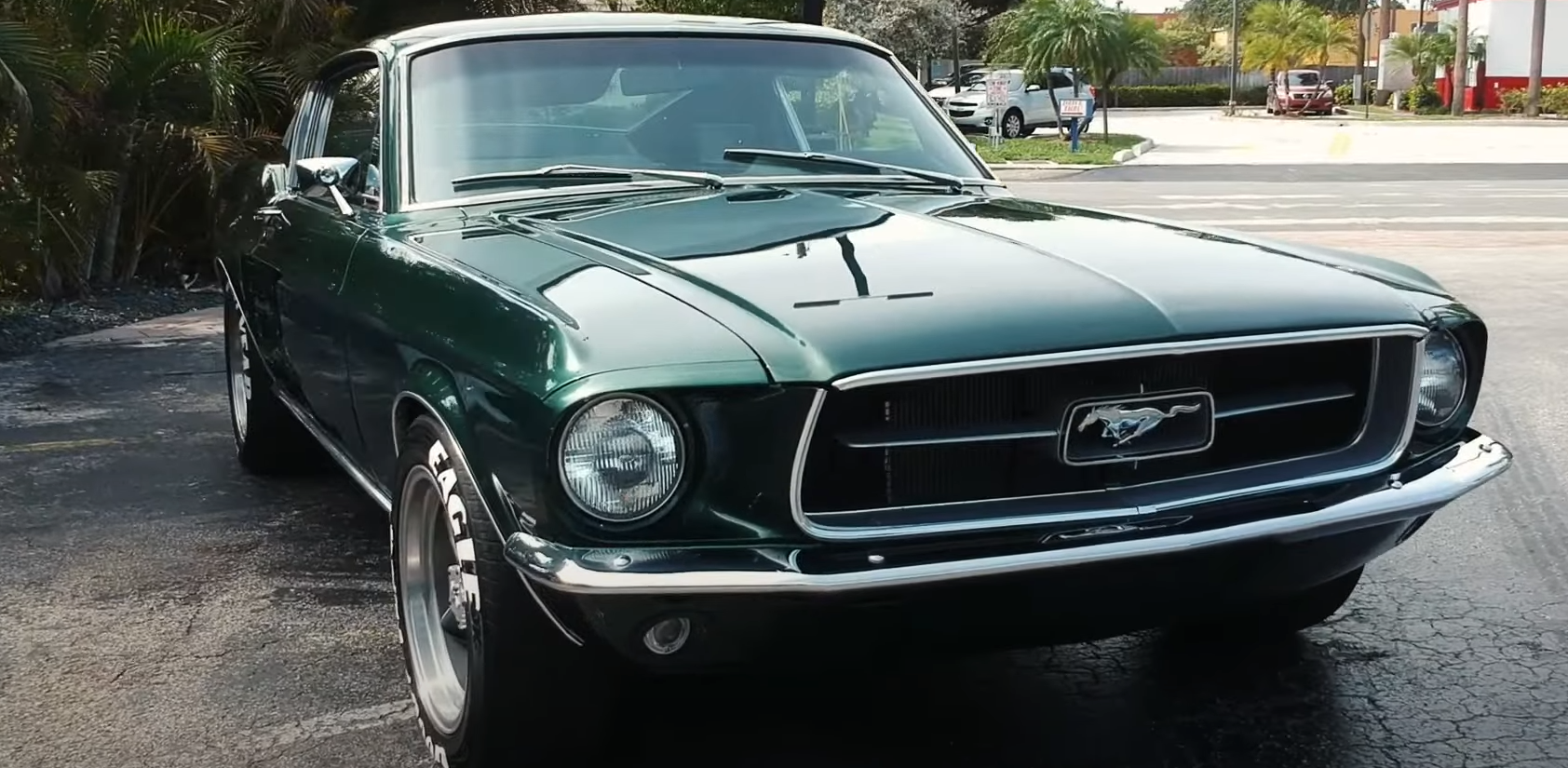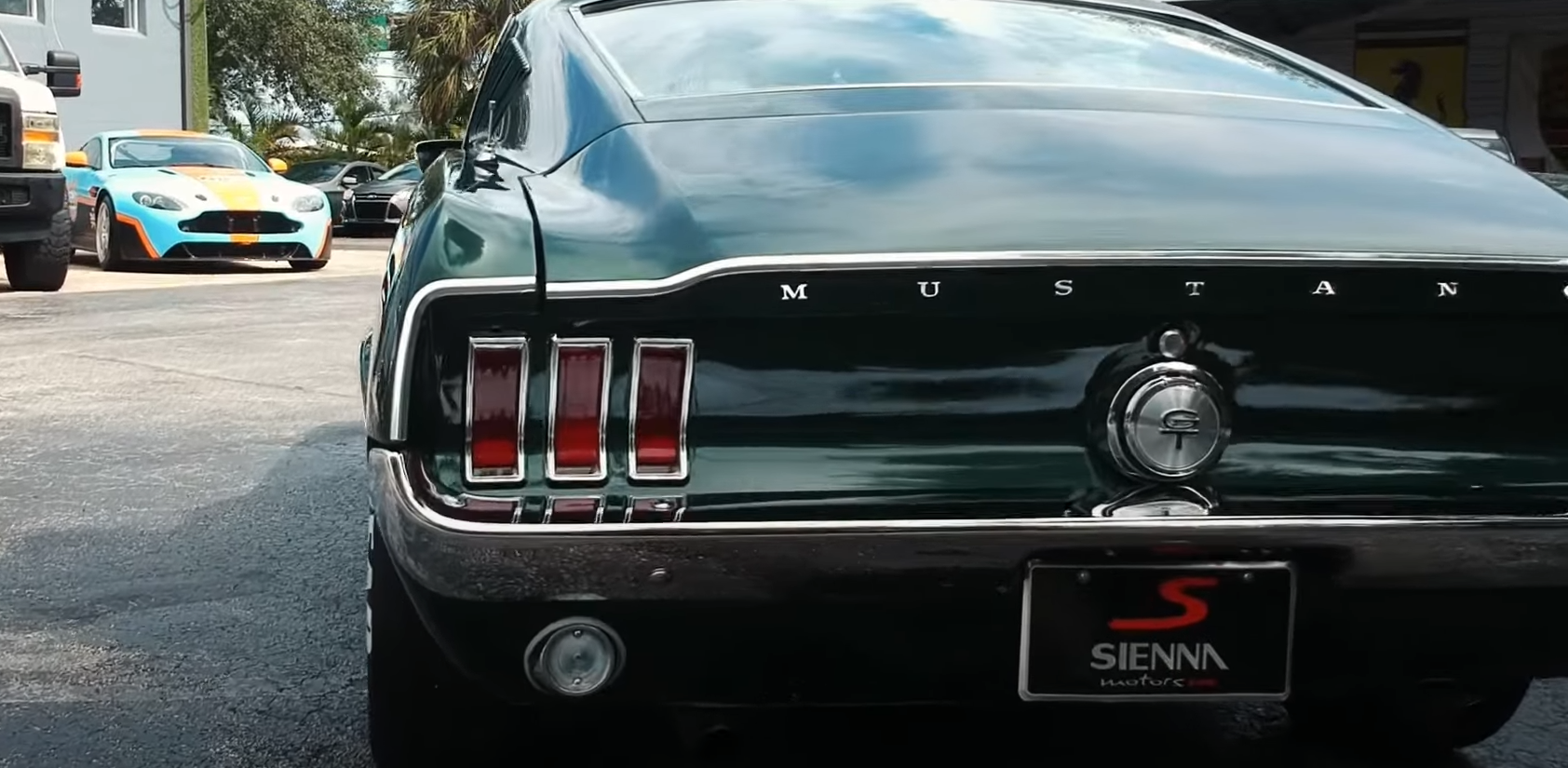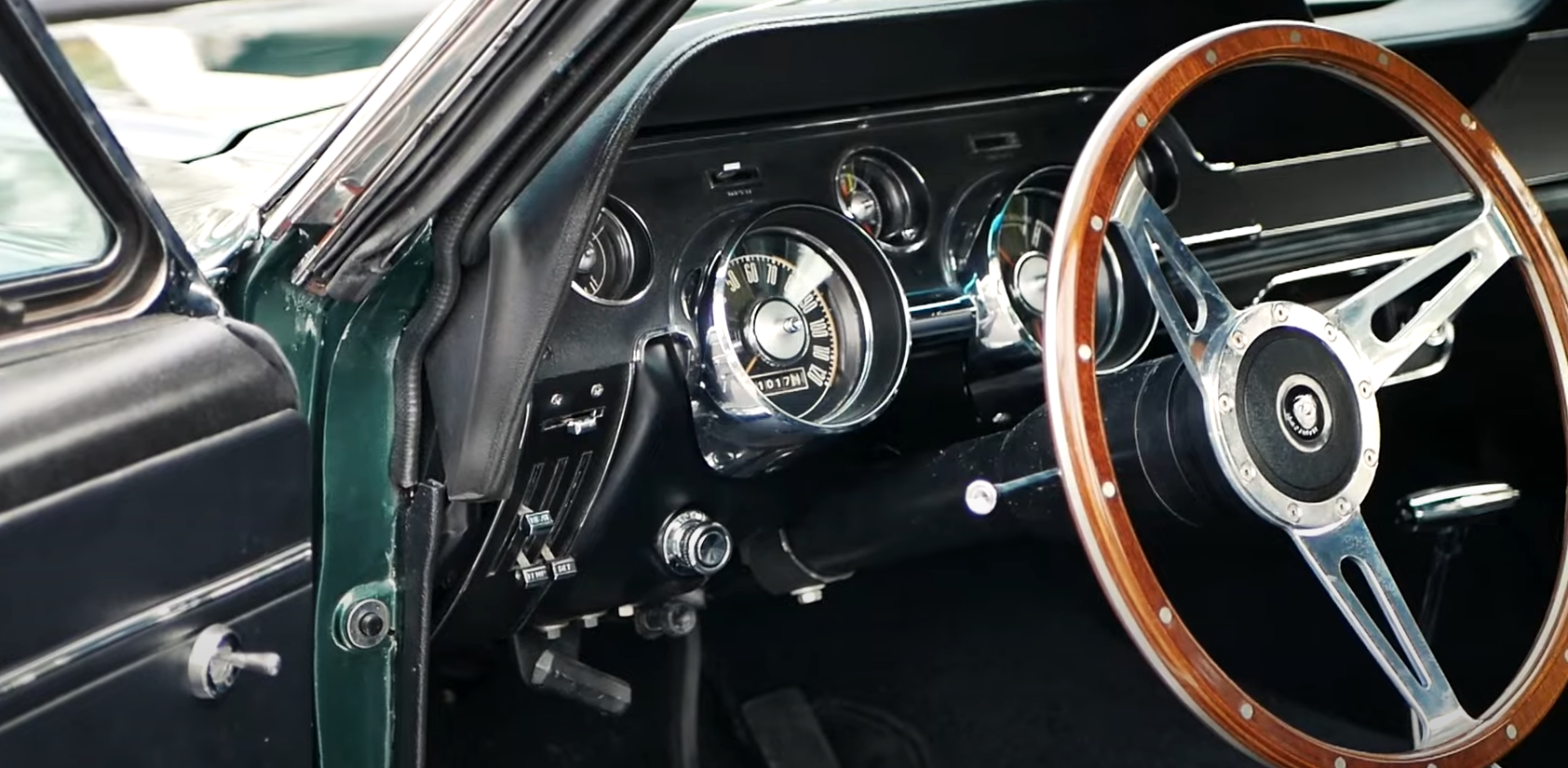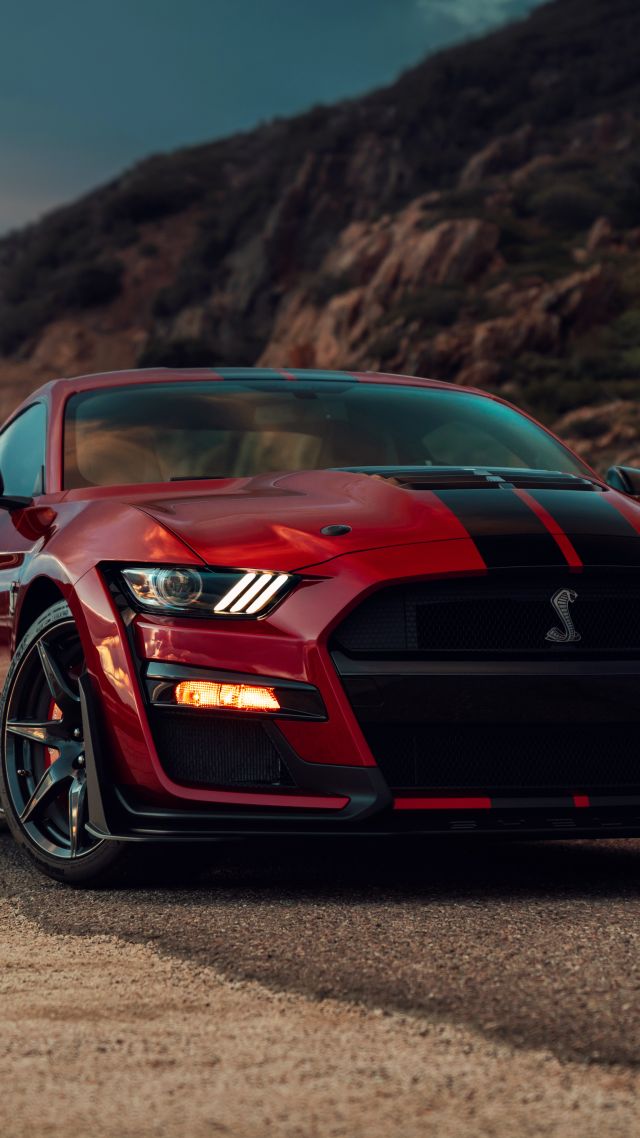The 1967 Ford Mustang Fastback holds a special place in automotive history. Known for its distinctive look and thoughtful design, the 1967 model stands apart from both earlier and later versions. With updates to the roofline, rear details, and badge placement, this car has become a standout among classic Mustangs.
The interior also reflects the era, combining stylish finishes with functional gauges and controls. Small differences, like the number of louvers and unique trim, help make the 1967 Fastback instantly recognizable. Its mix of strong character and timeless design still draws attention from car lovers today.
Key Takeaways
- The 1967 Fastback introduced key changes to Mustang’s shape and features.
- Interior details and design touches set this model apart from its predecessors.
- Classic appeal and unique styling continue to attract enthusiasts and collectors.
1967 Ford Mustang Fastback Overview
Main Goals Behind the Design
The 1967 Mustang Fastback was crafted around several clear goals. Ford wanted the car to seat four people, keep the price tag under $2,500, and have a total weight below 2,500 pounds (about 1,100 kg). The front seats needed to be bucket-style with a floor-mounted shifter. These priorities shaped the approach the design team took from the start.
Key points:
- Seating: Four seats, with two in the front as buckets
- Affordability: Targeted a price under $2,500
- Lightweight: Less than 2,500 lbs total
- Features: Floor shifter included for a sporty feel
The fastback’s sleek roofline was stretched further back than earlier models. This created a distinct profile that included a small ducktail at the rear. Compared to the previous versions, the new look was more modern and aggressive, while not losing the classic Mustang shape.
How People Reacted and Its Early Success
When the Mustang first launched, it immediately became popular. On the first day of sales in 1964, dealers sold 22,000 Mustangs. Demand was so high that waiting lists grew quickly. People were drawn to the blend of style, sportiness, and value.
This excitement continued with the 1967 redesign. The new roofline, unique rear section, and updated trim made it stand out on the road. It gained fans not only for its looks but also for little details like the concave rear deck and the signature three-bar tail lights, which remain recognized symbols of the Mustang.
Some features, such as the signature louvers and unique front-end lines, helped car lovers tell the ’67 model apart from earlier versions. This attention to detail and passion for design made the Mustang Fastback a favorite among enthusiasts, with many believing its timeless style would keep it in demand for years to come.
Key Exterior Highlights
Major Body Updates Compared to Earlier Years
The 1967 Mustang Fastback stands out due to its stretched roofline. Unlike the 1965 model, where the roof stops early with a more sedan-like trunk, the 1967’s roof flows smoothly to the back. This new line forms a small ducktail that wasn’t there in earlier models.
A noticeable feature is the set of louvers on the side. The 1967 has 12 louvers, while previous years had fewer. This little detail helps spot the year at a glance. Up front, there are distinct lines and a centered emblem. The bold lines and sculpted surfaces add to the car’s unique look.
Unique Rear Styling: Ducktail and Tail Lights
The rear end is one of the most recognized features. The deck lid has a scooped, concave shape. This design ends with a small ducktail at the back. The effect is sleek and looks purposeful rather than just decorative.
At night, the three separate tail lights become a standout Mustang cue. These are set deep into the rear panel, just above the ducktail. This style feels thoughtful and is often associated with classic Mustang models.
| Feature | 1967 Fastback | 1965/66 Fastback |
|---|---|---|
| Roofline | Stretched | Shorter, sedan-like trunk |
| Ducktail | Present | None |
| Tail Light Shape | Deep-set, triple | More upright |
Visually Comparing Classic and Modern Mustangs
Next to today’s Mustangs, the earlier version’s design has a different feel. The 1967 Fastback’s proportions seem more balanced and timeless. Many details, like the fake intakes and the “hockey stick” line running up the side, were dropped in modern models starting with the S550.
The classic design gives off a feeling of care and passion from the designers. Newer Mustangs focus on mass appeal and profit, but the 1967 version stands out for its character and simplicity. This style, with its special curves and details, often attracts more admiration than recent models.
Key Differences: 1967 Compared to 1965 and 1966
Roofline and Rear Pillar Changes
The 1967 fastback stands out because its roofline extends much farther back than the earlier models. On the 1965 and 1966, the roof descends and ends earlier, giving those cars a more typical sedan trunk look. The 1967’s roof curves all the way to the end, creating a subtle ducktail at the back.
| Feature | 1965 / 1966 | 1967 |
|---|---|---|
| Roofline | Ends early, flat | Extends fully, ducktail look |
| C-Pillar | Shorter, upright | Longer, more stretched |
This longer and sleeker design adds a modern touch while also changing the car’s profile from the side view.
Side Vent Openings and Special Touches
The side vent area, or “louvers,” is a quick way to tell the years apart. The 1967 fastback features twelve louvers, while earlier versions, like the 1965 and 1966, have only five. These vent shapes are not just for looks—the number and placement are unique to each year.
- 1967: Twelve exterior louvers on each side
- 1965 / 1966: Five exterior louvers per side
This twelve-louver trait became a stylish detail that lasted in Mustang designs for several years. Other special cues on the 1967 include a scooped-out rear deck lid with a concave curve and the classic three-section tail lights set into it.
Changes to the Front End Design
The front end of the 1967 model received new styling lines and a different grille. It offers a distinct “face” compared to the earlier models, featuring unique shapes that give the car a more serious and powerful look.
- Grille shape changed for 1967
- Emblem placement remained at the center
- Inverted key lines give the 1967 a memorable expression
These updates create a front view that is more defined and sets the 1967 apart from the 1965 and 1966 Mustangs.
Interior Standouts
Wheel and Main Controls
The car has a classic wooden steering wheel, true to the style of the late 1960s. The automatic shifter is located on the floor between the two front bucket seats. Both features add to the classic feel and driving experience of this model.
Dashboard Readouts
There are several key gauges on the dashboard:
- Oil Pressure Gauge
- Alternator Meter (replaces the tachometer for this year)
- Speedometer (shows speeds up to 120 mph)
- Gas Level Indicator
The speedometer’s limit was raised to 140 mph in the 1968 version, but in this model, it tops out at 120 mph. These readouts are easy to see and give the driver the needed information at a glance.
Time-Period Specific Details
Some special features in the interior include:
- Air Vent Outlets: These can be adjusted using a small lever to let more or less air in.
- Authentic Look: The use of a wooden steering wheel and classic dashboard layout match the era’s style.
- Rear Louvers: The car has twelve external louvers for air flow, which is higher than the earlier model years.
These details help keep the interior faithful to its time and add to the authentic vibe of the car.
Lasting Style and Financial Potential
Lasting Design Features
The 1967 Mustang Fastback stands out because of its bold lines and unique proportions. The roofline stretches far back, giving it a sleek look that was different from earlier models. Its concave rear and signature three-segment taillights add to its distinct style.
Details like the twelve side louvers and the sculpted rear deck make this car easy to recognize. The deep lines on the front and the classic Mustang emblem highlight its strong design identity. Even the paint colors, such as green, help connect this model to the car’s heritage.
Key Style Elements:
| Feature | Description |
|---|---|
| Roofline | Extends further back |
| Taillights | Three-segment, iconic design |
| Side Louvers | Twelve on each side |
| Rear Deck | Concave shape |
| Front Details | Deep lines, Mustang badge |
Looking Ahead: Value and Appeal
Classic designs like the 1967 Mustang Fastback continue to attract interest from car fans and collectors. Its look remains popular, often more so than newer Mustang models. This ongoing demand means these cars tend to rise in value over time.
Choosing the right color and trim, like the green finish, can improve both its appeal and its future price. Because of its reputation and history, the 1967 Fastback is likely to be seen as a smart investment when compared to modern versions.
Factors That Influence Value:
- Original features and design details
- Desirable paint and trim combinations
- Ongoing collector interest
- Differences from newer models







